
PACIFIC SALMON (Oncorhynchus)
Description: There are 5 different species of pacific salmon. The Dog (Chum) Salmon, the Pink (Humpy) Salmon, the Red (Sockeye) Salmon, the Silver (Coho) Salmon, and the King (Chinook) Salmon. The weight in pacific salmon varies from species to species. The smallest kind, the Pink only gets to be 7 pounds, occasionally reaching 11 pounds. On the other hand the Chinook weighs between 3-80 pounds. Pacific salmon also differ in color. The Chinook has a speckled back with a silvery belly and a side. Coho are very similar to Chinook in appearance but have a more silvery side and belly and less speckles on the back. Sockeye Salmon are dark in color overall and have black surrounding the eye and a dark head. While spawning, Sockeye are a brilliant red and have an all green head. Pink Salmon have a hump while they are spawning giving them the name Humpy. In appearance they look a lot like Sockeye but are generally lighter in color. Dog Salmon have a very white belly and a black stripe along the side and a green splotch near the head.
Feeding: Pacific salmon eat a variety of fish, crustaceans and plankton while in salt water. My dad and I went on a charter boat and caught 8 Chinooks and 6 Halibut. When we opened the bellies of the salmon, we found whole herring in most of their stomachs. I don’t know exactly what fish the other species of salmon eat, but I think they eat smaller fish such as Anchovies and Char. Pacific salmon eat a lot while they are living in the ocean. When they’re getting ready to spawn they don’t eat at all because of instinct. The only way to catch one while its spawning is to snag it, but in most places that is illegal. I once accidentally snagged one while I was fishing for Dolly Varden. Young Chinook Salmon are called feeders their first year in saltwater. I went fishing for them in Tofino, Vancouver Island with my dad. (The same trip I had caught all those halibut).
Range and Habitat: Pacific Salmon are spread out over a lot of places. All five species are found all over British Columbia from the Kootenay Rockies to the Caribou Chilcotin Coast. in freshwater and saltwater. Most of the salmon are found in different parts of Alaska too. I caught both Sockeye and Silver Salmon in Alaska. (Silver in Homer and Red in Chitina). They also live all the way down to Washington and California. Salmon live part of their life in freshwater and part in saltwater. They are born in freshwater in streams, rivers and lakes and they stay in freshwater for about 1-2 years and then go into the sea. They stay in the ocean for 1-8 years before going back up the streams they were born in (or released in if hatchery fish) to spawn and die.
Life cycle: Salmon travel great distances to their spawning grounds to lay their eggs and for males to fertilize them. They travel upstream from a mile up to 1,800 miles in rivers and streams. Chinooks and Reds travel the farthest, Chinooks traveling up to 1800 miles in the Yukon River and its tributaries! Chum, Coho and Pink spawn closer to the ocean because they aren’t as good travelers. When they reach their destination, the males will guard the female and fertilize the female’s eggs. The males are very protective of their females and will chase any other fish or salmon near the female. Other fish such as Dolly Varden will try to steal the salmon eggs and eat them. Naughty little buggers!!! Once the females have laid their eggs and the males have fertilized them, the salmon start to decompose, losing their color and eventually they will die. The eggs remain under gravel during the winter incubating and then going through the stages called “eyed eggs” and “hatched alevins”. The new “fry” emerges from the gravel in May and June and feed and grow here for up to a year. The next phase of their lives is called “fingerlings” where they go back to the ocean, eating a lot and growing rapidly. After spending 1-8 years in the ocean, the cycle is repeated.
Hatcheries: Although most fish fisherman catch are wild, some of the salmon come from hatcheries. There are a lot of hatcheries in most Western states and provinces in the U.S. and Canada. You can tell the different between hatchery and wild grown ones by looking at their adipose fin. Hatcheries cut off the adipose fin and also put a microscopic piece of metal on their precious snout in all their salmon before letting them into the wild. In oceans or streams, the salmon’s adipose fin is still on their little backs, (unless its been bitten off already) and they don’t have a lunk of metal on their snout! There is a program in Tofino that is, if you catch a hatchery- run salmon, you can send the head of the salmon to a Salmon Research group with a piece of paper. The fun thing about it is that the people in the Salmon Research groups will tell which hatchery the salmon came from and where the salmon had gone over the years. My dad and I went fishing in Tofino and happened to catch three of those hatchery raised salmon on a charter! We wrote down on a piece of paper the date, our name, when and where we had caught the fish, ect. Then we tied 3 strings to the heads of all the salmon with the pieces of paper. The paper said that they would send us the salmon’s life history in 2-3 months time.
Conclusion: Pacific Salmon are a very interesting subject to write about. I chose to research and write about pacific salmon because I wanted to learn more about them and write about salmon. I also wanted to research them so I could see which species are in trouble. I enjoy fishing for salmon and learning about them.
Fun Facts:
1. My mom is grossed out of the pictures of me holding a salmon because she said they were too bloody and that I should have cleaned up the fish!
2. The nests of pacific salmon are called Redds.
3. Dog Salmon get their name by the 2 canine teeth they develop while spawning.
By Cassidy Ruge
September 30, 2007
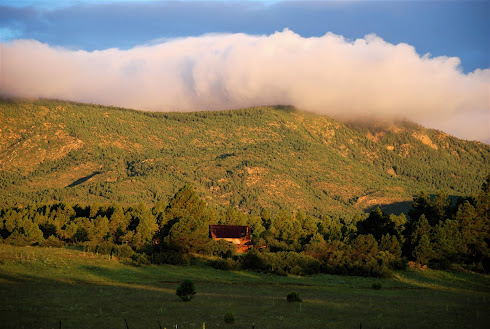

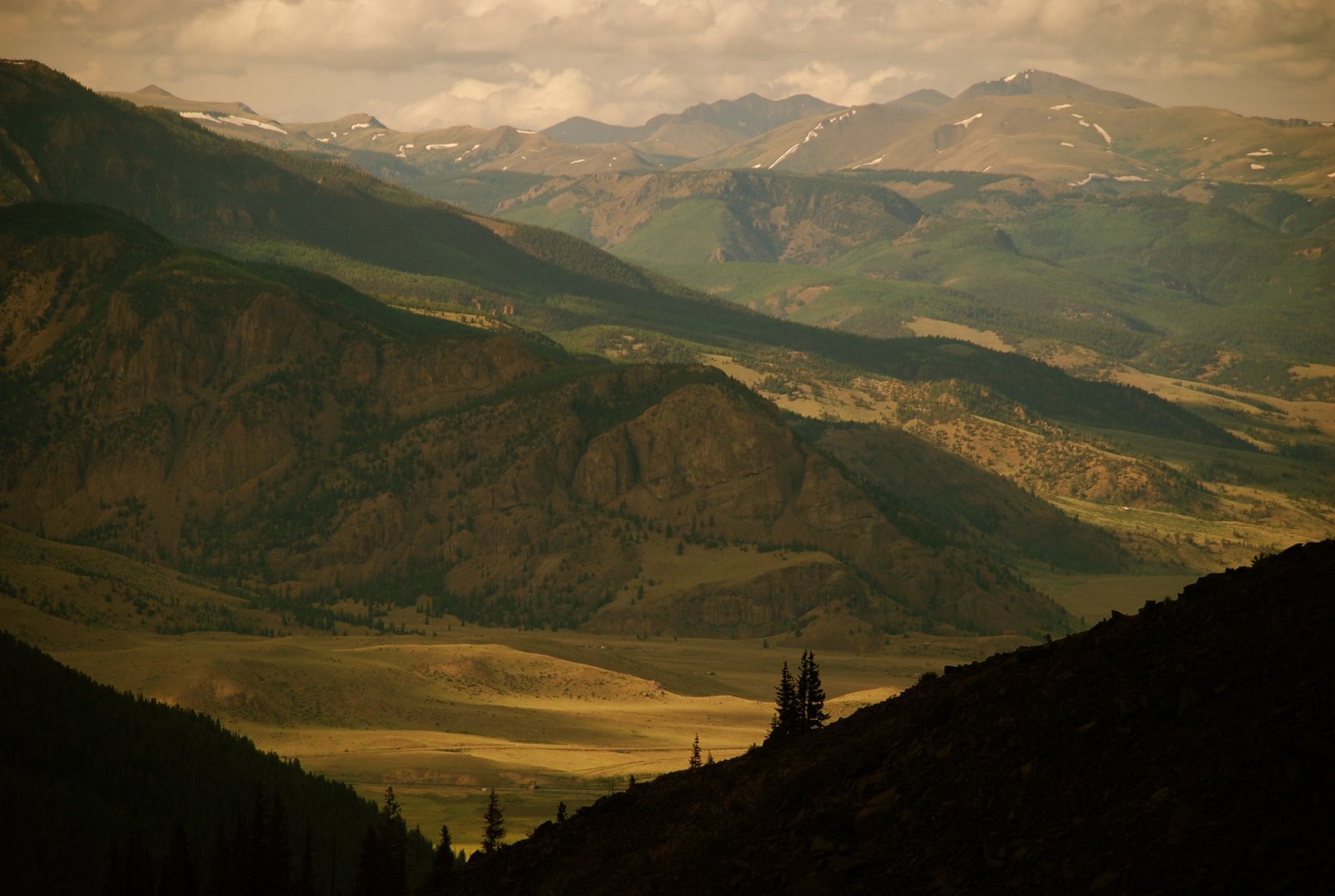




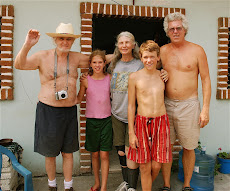

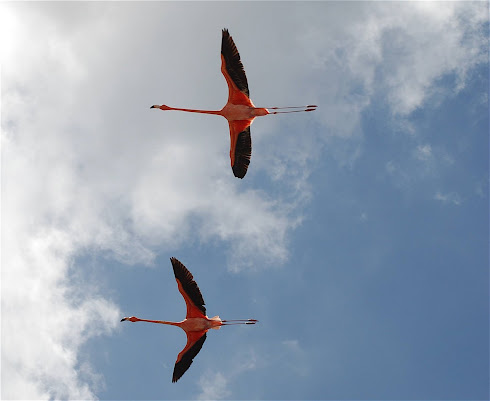
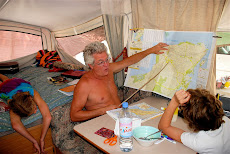


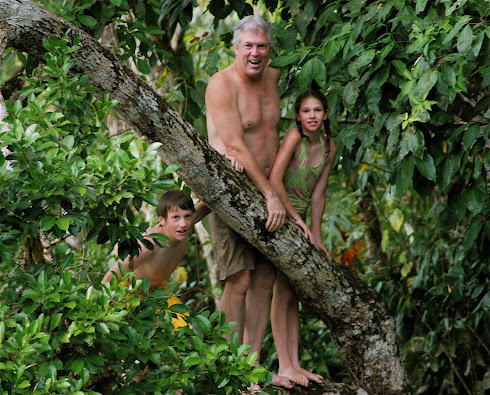

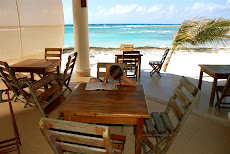


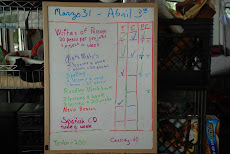



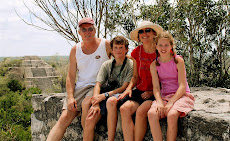

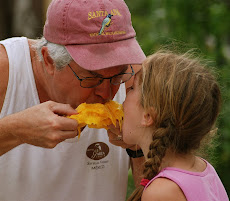

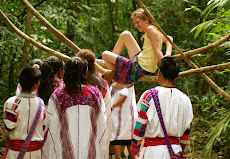


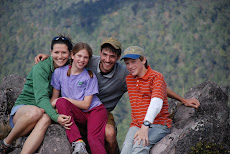

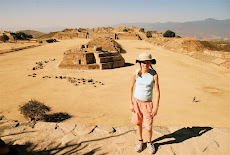










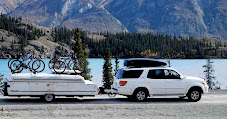

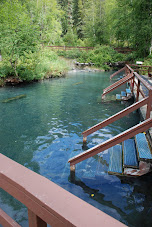

No comments:
Post a Comment